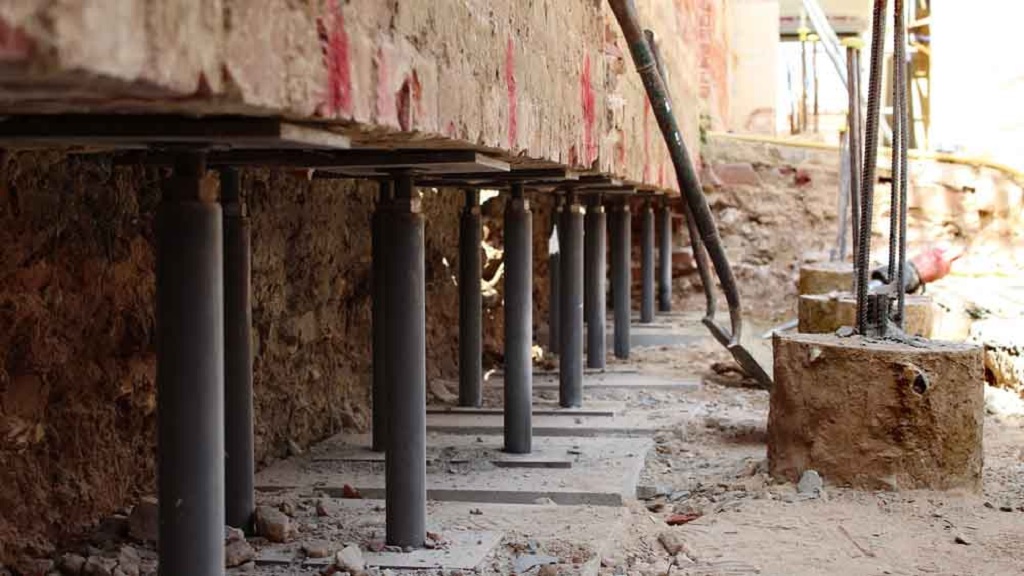Structure stability is crucial in expansive metropolitan environments where building defies gravity and confronts the earth beneath. The underpinning melbourne is a complex but sometimes neglected process. This method, especially its chemical variation, is proof of human creativity and an exciting look at chemistry, geology, and engineering.

Chemical underpinning strengthens a building’s foundation. This technology stabilizes and strengthens soil beneath a structure using chemical grouts instead of mechanical support. Why use chemicals while the environment is failing? Instead of defiance, the earth asks for balance and power.
The foundation of chemical underpinning is expansive polyurethane foam. When buried, this substance expands and hardens with moisture. Imagine a foam silently invading the earth’s cracks, entering voids and weak points, and spreading with nature’s boldness. This foam is a specially created substance that lifts and supports, correcting subsidence and misalignment without intrusive procedures.
This method combines chemistry and precision. The expanding foam’s reaction time and expansion are carefully calibrated to guarantee accurate lifting. Too much expansion or improper application might cause further damage, like a doctor prescribing the wrong medicine. One must understand soil kinds, moisture content, and building structural load to apply chemical underpinning.
This process’s environmental impact is remarkable. Traditional underpinning methods require extensive excavation, ecological disruption, and a long landscape recovery period. Chemical underpinning is less invasive. Injecting resin directly into the ground eliminates large-scale excavation, decreasing the reinforcement process’s environmental impact.
This technique also adapts well to varied soils. Chemical treatments can match the environment, whether the structure is on sandy beaches or clay-rich terrain. The resin binds loose grains in sandy soils, increasing load-bearing capacity. It minimizes excessive water absorption in clay-heavy soils, preventing swelling and instability.
Chemical underpinning goes beyond soil stability. It is essential for urban revitalization and historical preservation. Older structures with great cultural and historical significance often need modern support to survive as cities expand and evolve. Chemical underpinning keeps these structures standing and telling their stories despite modern urbanization.

